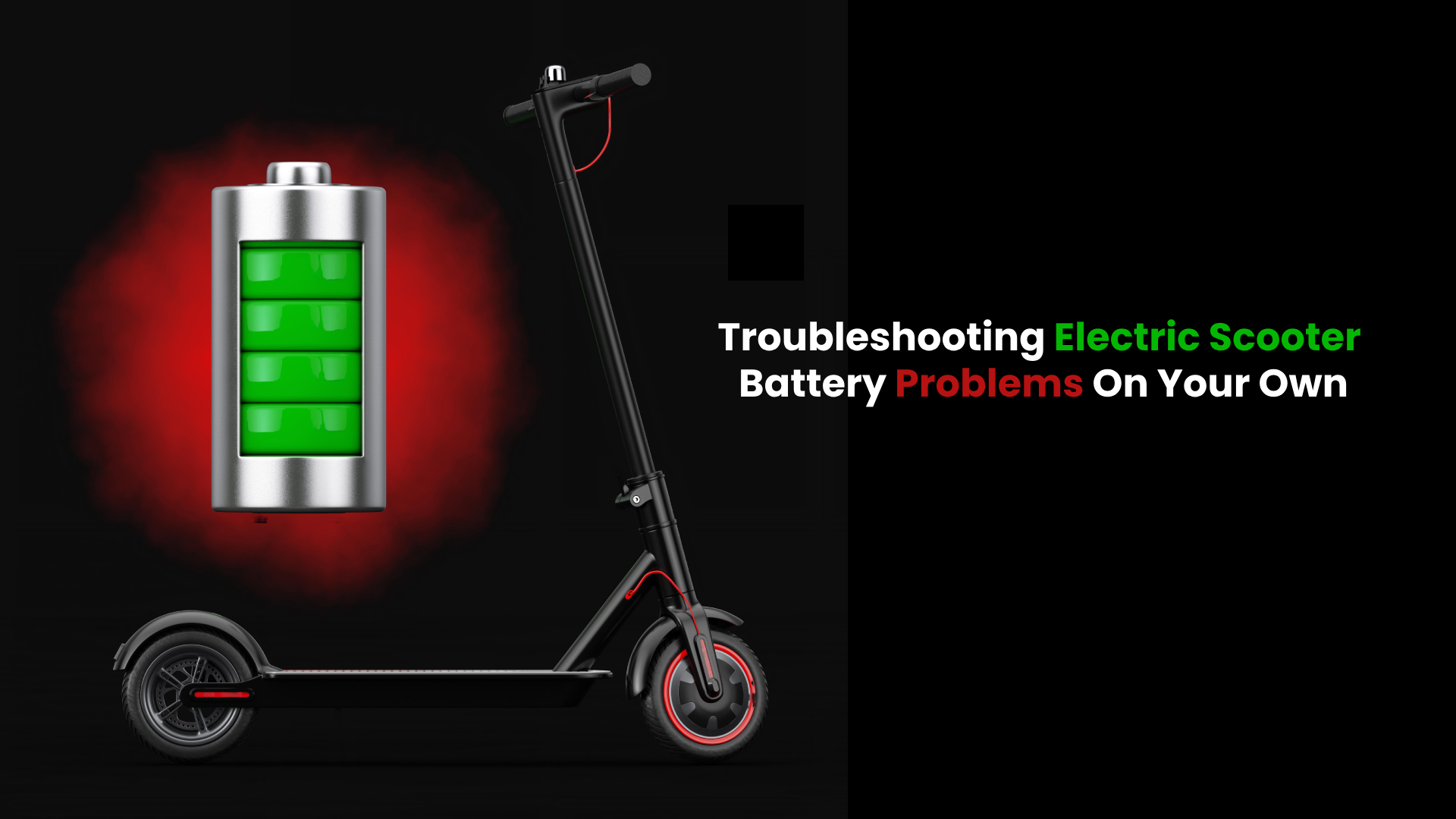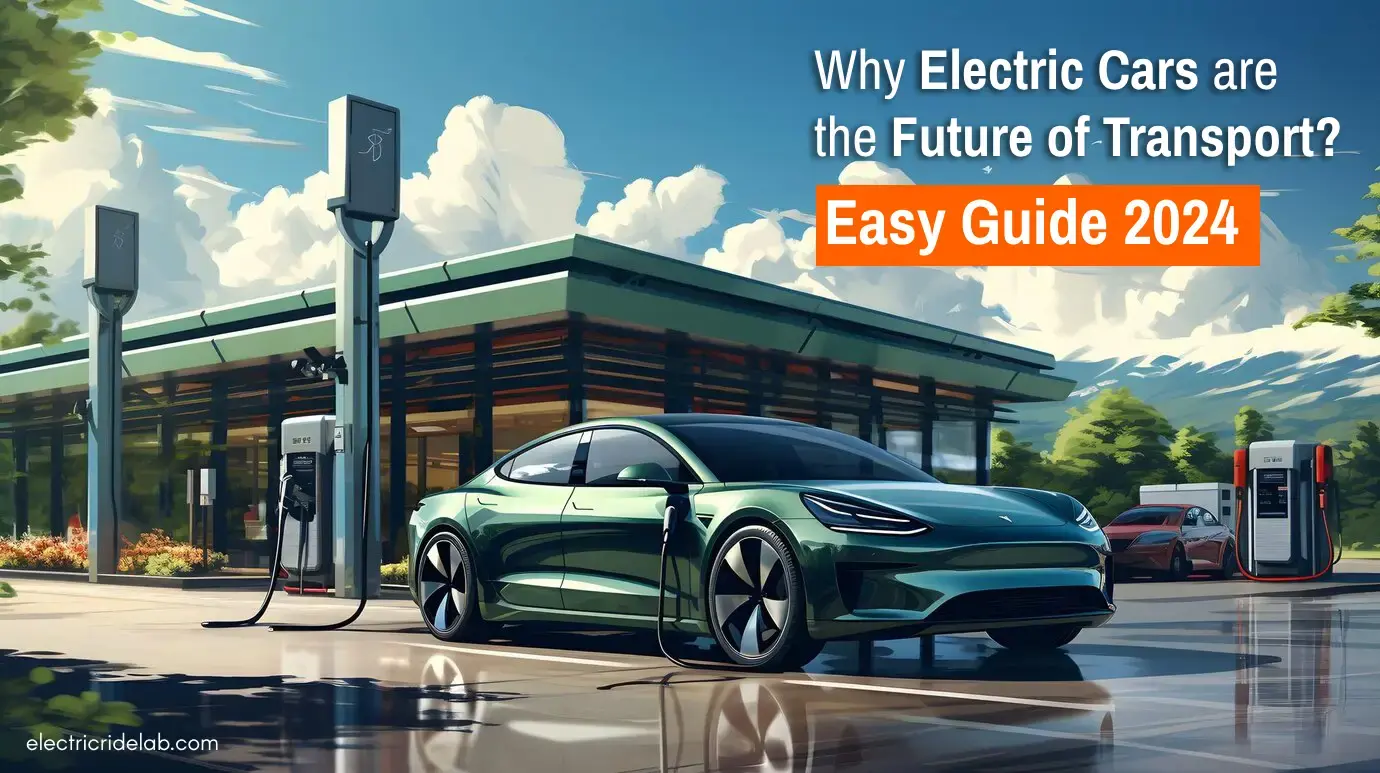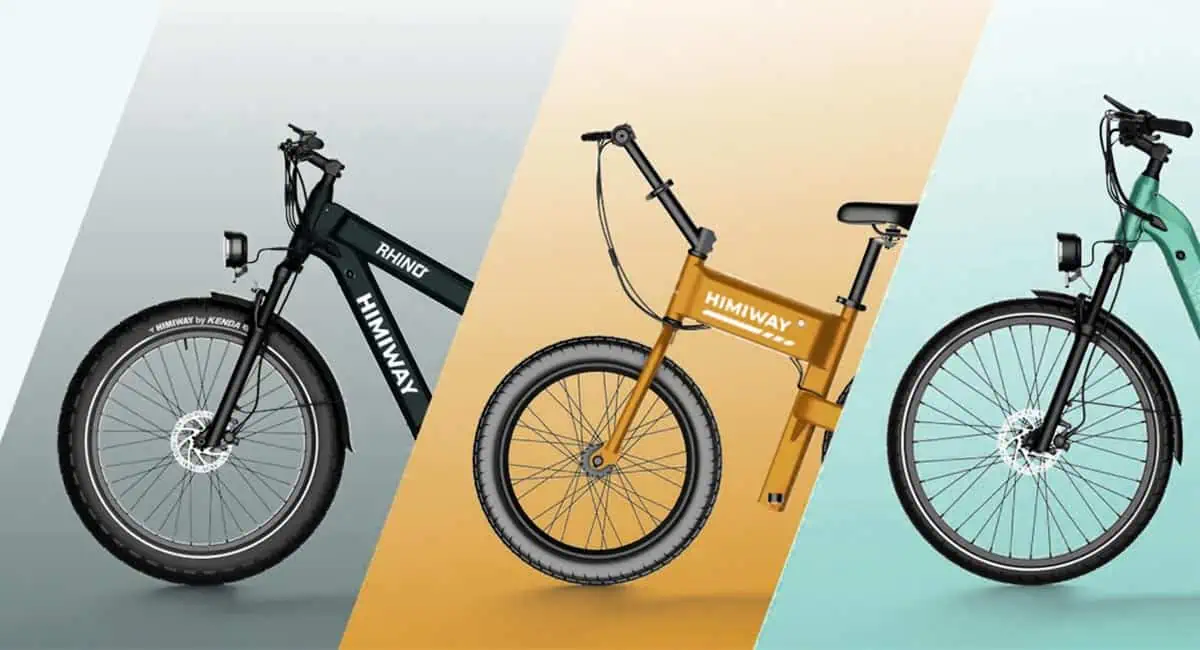As with any electric product, electric bicycles aren’t impervious to developing some defects. However, they’re usually not caused by inferior components; rather, it’s more likely that they result from poor maintenance practices.
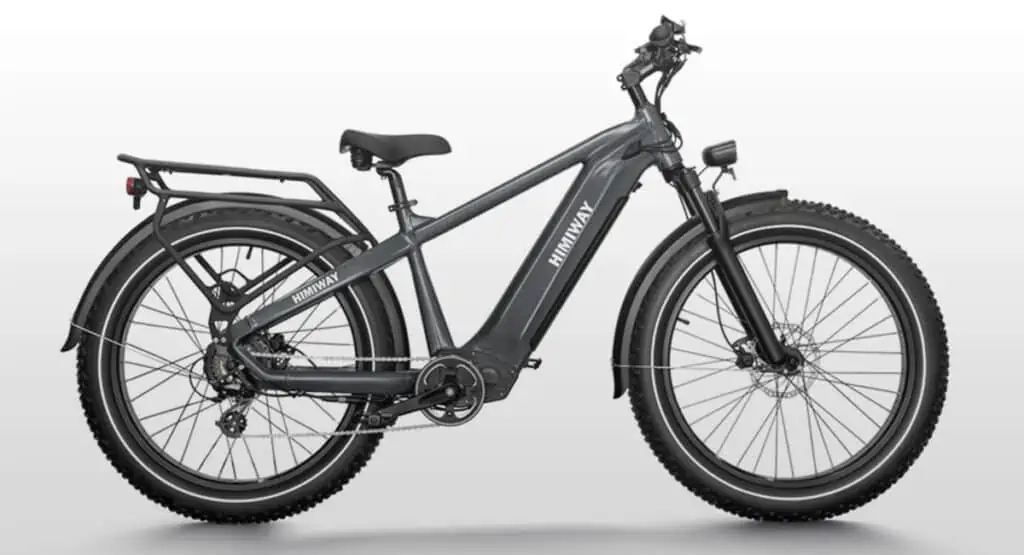
Frequent use of an electric bike also wears down some of its components. We will discuss some of the common problems riders are most likely to experience on their electric bikes in the sections that follow.
Why Electric bikes Problems Occur
Electric bikes are just like every other electronic unit. They might have all the characteristics of a regular bicycle, but their electric drive system makes them more complex than their pedal-powered counterparts.
It’s this complexity that makes them susceptible to developing faults more frequently than regular bicycles. So, simply put, electric bike problems occur when they are not maintained properly over a long period of time. To make matters worse, it costs a lot of money to fix such electric bike problems.
Nevertheless, carrying out routine maintenance can help riders spot potential problems early on and prevent them from getting worse.
Most Common Electric Bike Problems
There are a handful of issues that can go wrong with an electric bike; listed below are some of the most popular.
Electric bike problems- Battery Issues
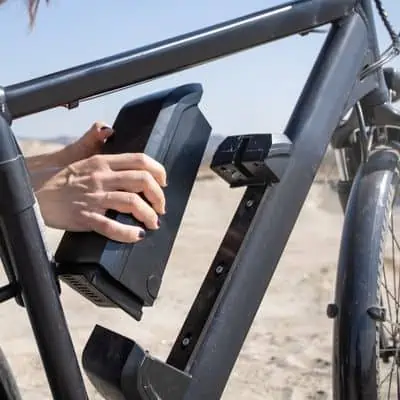
If you own an electric bike, there are a couple of issues you might experience with your battery. Below are some of them:
Battery not charging
If you plug your e-bike into a power source and find that it’s not charging, the first thing you want to do is examine the charger. Some chargers come with indicator lights that light up when plugged into a power source so it shouldn’t be hard to tell if they’re producing power or not.
If after examining the charger — and confirming that it really is working — you find out that your bike is still not charging, then you’re probably using the wrong charger for your e-bike. Reach out to the manufacturer of your e-bike and request another charger if the one that came with the bike is damaged or faulty and you had to purchase one from a third-party seller.
Battery draining too quickly
All rechargeable batteries degrade over time. Whether your bike has a Lithium Polymer battery or a Lithium-ion battery; it is going to lose its ability to store a charge as you use it.
This is normal and most riders experience a noticeable drop in capacity after covering about 3000 to 4000 miles on their bikes. However, there are a few things that can make an e-bike’s battery drain faster than it usually does (even if it’s a new pack).
One of these factors is riding your e-bike in extreme temperatures. Hot weather conditions affect the internal resistance of a battery, making it discharge faster than normal.
Not using the correct charger or partially charging your e-bike can also affect your battery’s ability to store a charge.
The average e-bike battery can last anywhere between 3 and 5 years or 1000 charge cycles. Electric bike batteries with LG or Samsung cells can keep going for longer (up to 8 years) while those designed by generic brands can even stop working after 2 years.
Taking proper care of your battery can also extend its longevity.
Battery pack appears swollen
A swollen pack is usually the result of too much heat and gas being trapped inside one or more cells in the battery. These gasses would usually build up as the battery gets older — and as it undergoes various charge cycles — however, there are other factors that might cause your e-bike’s battery to get bloated.
Damage to the battery and design defects are two factors, outside age, that can cause a lithium-ion battery to balloon out of size. If you notice that your e-bike’s battery is swelling, take it out of the frame before it damages other components around it.
Purchasing a new pack is the only way out of this predicament because the affected pack will only get bigger in size the more you charge, and discharge, it
E-bike not powering on
There are many possible reasons why an e-bike won’t power on when you turn it on. It could be because of a misalignment in the battery system, a pinched wire/connector, or an issue with the controller.
In the case of misalignment, the first thing you want to do is take out the battery and try to fit it back into the compartment so its contacts align with the bike’s. A bad connection can cause an electric bicycle to not work properly.
If this doesn’t work, make sure that the main switch is in “on” mode. Then, look for the fuses for the battery pack. Check the speed controller and make sure that all connections are tight. Finally, double-check that the battery pack has enough charge.
Electric bike hub-motor problems
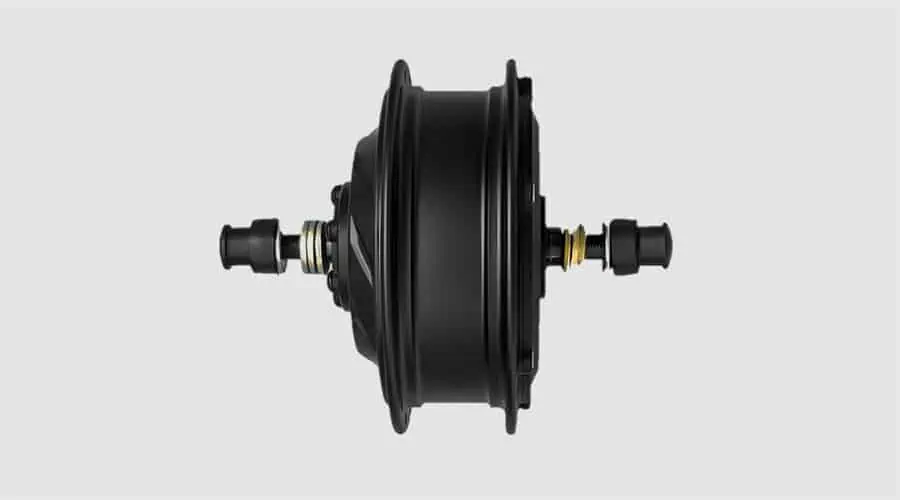
One of the biggest electric bike problems you can experience on a hub-driven electric bike is a noisy motor. Natural wear can cause a hub motor to make loud whirring noises.
However, there are other factors that contribute to your hub motor sounding like a chainsaw. For example, loose debris inside your e-bike’s motor can cause the motor to make loud noises.
Electric Bike Problems- Display NOT Working
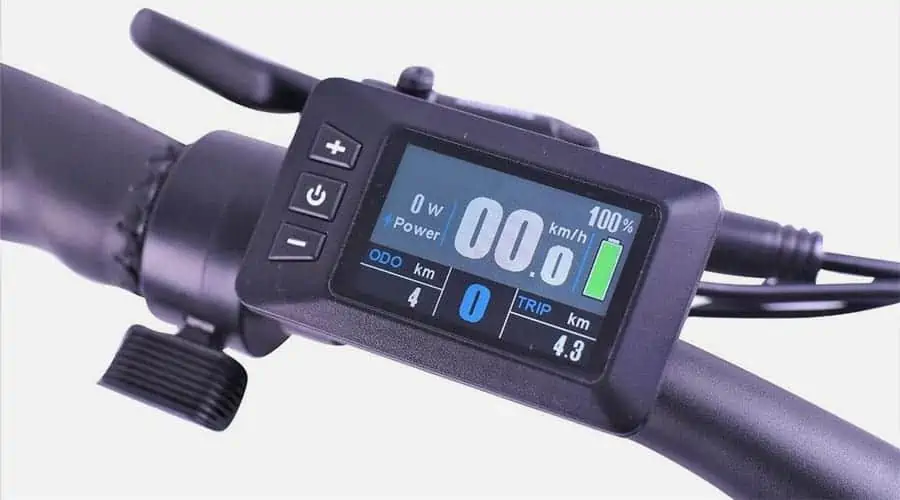
If your e-bike’s battery is completely drained, there’s no way your LCD display will power on. This is because most e-bike LCDs are designed to draw power from the system’s main power unit; the battery.
If after charging your bike you’re still unable to power on the display module, examine the bike for frayed or damaged wires. If your LCD isn’t powering on, it’s probably an issue with the battery or the display itself.
E-bike won’t turn on
Below is a list of reasons why your electric bike may not turn on.
- The battery isn’t charged
- The battery pack hasn’t been powered on (some e-bikes have power switches)
- The battery isn’t sitting properly inside the frame and the prongs aren’t touching the bike’s contacts.
- A faulty battery
- A blown fuse
- Frayed or damaged cables
Solutions to Some of the Common Electric Bike Problems
Your e-bike, whether old or new, will most likely have a few pitfalls here and there but one thing I can say for certain is that not every mishap is a electric bike problem.
Many a time, you just need to have basic knowledge of some troubleshooting techniques. Here are some tips that might help you fix any minor electric bike problems you may experience on your e bike.
Troubleshooting the battery
Oftentimes, your e-bike may fail to come on or keep experiencing power cuts. Such electric bike problems might be coming from the battery. To troubleshoot your e-bike battery,
- Check the battery voltage using a voltmeter. This process helps you to know if the battery has been damaged or not. Your bike’s LEDs ought to come on. If this doesn’t happen, then you might have a blown fuse or the battery hasn’t been properly charged. You should charge the battery for up to 8 hours.
- Check your battery prongs and ensure they are lined properly as misalignment can hinder power flow and cause power cuts.
- Ensure the battery charger is efficient and working perfectly as it should. A multimeter or voltmeter can be used to check the Voltage output of the charger. Note that the reading on the voltmeter must supersede the charger’s ideal voltage, if it’s lower, then the charger is bad.
Troubleshooting the motor connections
Always be on the lookout for loose connections and melted wires around your motor as these are the most common reasons your e-bike may be giving you headaches. If you notice electric bike problems, reach out to the manufacturer as trying to fix the bike yourself might void its warranty.
Troubleshooting the controller
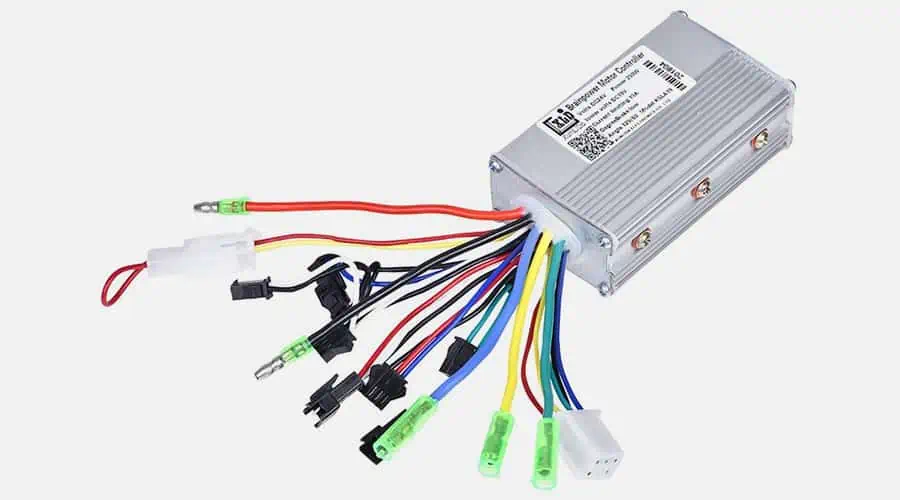
This very sensitive component acts as the Central Processing System of an electric bike. Any slight issue with the controller of an electric bike will have huge effects on efficiency and power distribution.
If the controller has failed to work completely, check and ensure your power switch is on. Another thing you might want to check is the fuse. A blown (or burnt fuse) will impede the flow of power from the bike’s battery to its motor.
Also, inspect the wiring and connections that lead to your controller. Examine for disconnections or misplaced connections and reinstate them to their proper ports.
Troubleshooting the cut-off switch
If your e-bike has been involved in an accident damaging your handlebars and by extension affecting the brakes, this could cause your motor inhibitors to activate without actuation. You need to have your brake levers changed or repaired.
In the case where the cut-off switch itself needs to be replaced, the appropriate thing to do would be to contact the bike’s manufacturer before taking it to a repair shop.
For a good braking system and properly functioning brakes, make sure to regularly check (clean) your brake pads and replace them if they are worn.
Not all electric bike problems require a call to the nearest service center and with the scarce presence of service centers and expertise, troubleshooting could be your best option.
Are electric bikes high maintenance- Electric Bike Problems
An electric bicycle is more challenging to maintain than a traditional one as they require more work on your end. They’re also generally more complex so if something goes wrong and you’re not tech-savvy, you’ll probably have to take them to a shop for repairs.
Here are some maintenance tips to avoid strenuous electric bike problems.
- Regular cleaning
- Adequate Lubrication
- Running checks on the bolts, brake pads, and battery.
Is it Expensive to Resolve Electric Bike Problems?
Much like it is for maintenance, it is also for repairs. The expenses depend on the part of the electric bike that needs repairs. Taking your e-bike to a professional is advised especially when its problem is beyond your troubleshooting skills.
E-bike owners could spend roughly between $100- $250 yearly on parts and repairs but if you take maintenance seriously, it could reduce how much you’d have to spend on repairs.. You will only need to service periodically.
How often should I service my electric bike?
Like every other machine, e-bikes are also subject to wear and tear with eventual breakdown if measures are not taken to mitigate this. If you ride them regularly, then you may want to get them serviced every 6 months.
However, if you don’t ride them often, then you might be able to stretch out their service intervals to 12 months.
Good electric bike brands
We have compiled the names of some of the most reliable electric bike brands currently operating in the US. These brands are known for designing high-quality electric bikes and offering excellent customer service.
They include;
Final thoughts
Electric bikes don’t have many problems, but they can develop faults if you don’t take good care of them. If you do not take care of your e-bike and maintain it regularly, you may end up damaging it and having to replace many of its components.

